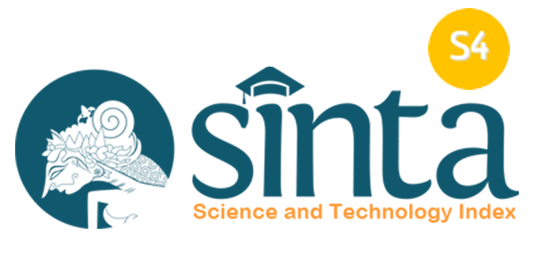Information Communication Technology (ICT)-Based Instructional Software and Its Effectiveness in Teaching High School Geometry
Abstract
Keywords
Full Text:
PDFReferences
Coppola, C., Di Martino, P., Pacelli, T., and Sabena, C. (2012). Primary teachers’ affect: A Flor, A. (2008). A policy and planning framework on information and communication technology for basic education in the Philippines. International Journal of Education and Development Using ICT, 4(3), 19-44.
Flor, A. (2008). A policy and planning framework on information and communication technology for basic education in the Philippines. International Journal of Education and Development Using ICT, 4(3), 19-44.
Hou, R., Kong, Y., Cai, B., and Liu, H. (2020). Unstructured big data analysis algorithm and simulation of Internet of Things based on machine learning. Neural Computing and Applications, 32(10), 5399-5407.
Lee, Y. (2018). Python-based software education model for non-computer majors. Journal of the Korea Convergence Society, 9(3), 73-78.
Pirasa, N. (2016). The Connection Competencies of Pre-Service Mathematics Teachers about Geometric Concepts to Daily-Life. Universal Journal of Educational Research, 4(12), 2840-2851.
Plowman, L., and Stephen, C. (2003). A ‘benign addition’? Research on ICT and pre‐school children. Journal of Computer Assisted Learning, 19(2), 149-164.
Preclaro-Ongtengco, M. H. (2019). Basic education curriculum, assessment, and corresponding ICT. Curriculum, Assessment, and ICT in Basic Education, 41, 41-52.
Squire, K., and Jenkins, H. (2003). Harnessing the power of games in education. Insight, 3(1), 5-33.
Tomaro, Q. P. V. (2018). ICT integration in the educational system of Philippines. Journal of Governance and Public Policy, 5(3), 259-282.
Venkatesh, A. (1996). Computers and other interactive technologies for the home. Communications of the ACM, 39(12), 47-54
DOI: https://doi.org/10.17509/ijotis.v2i1.45271
Refbacks
- There are currently no refbacks.
Copyright (c) 2022 Universitas Pendidikan Indonesia

This work is licensed under a Creative Commons Attribution-ShareAlike 4.0 International License.
Indonesian Journal of Teaching in Science (IJoTIS) is published by Universitas Pendidikan Indonesia (UPI)
 Indonesian Journal of Teaching in Science
Indonesian Journal of Teaching in Science



